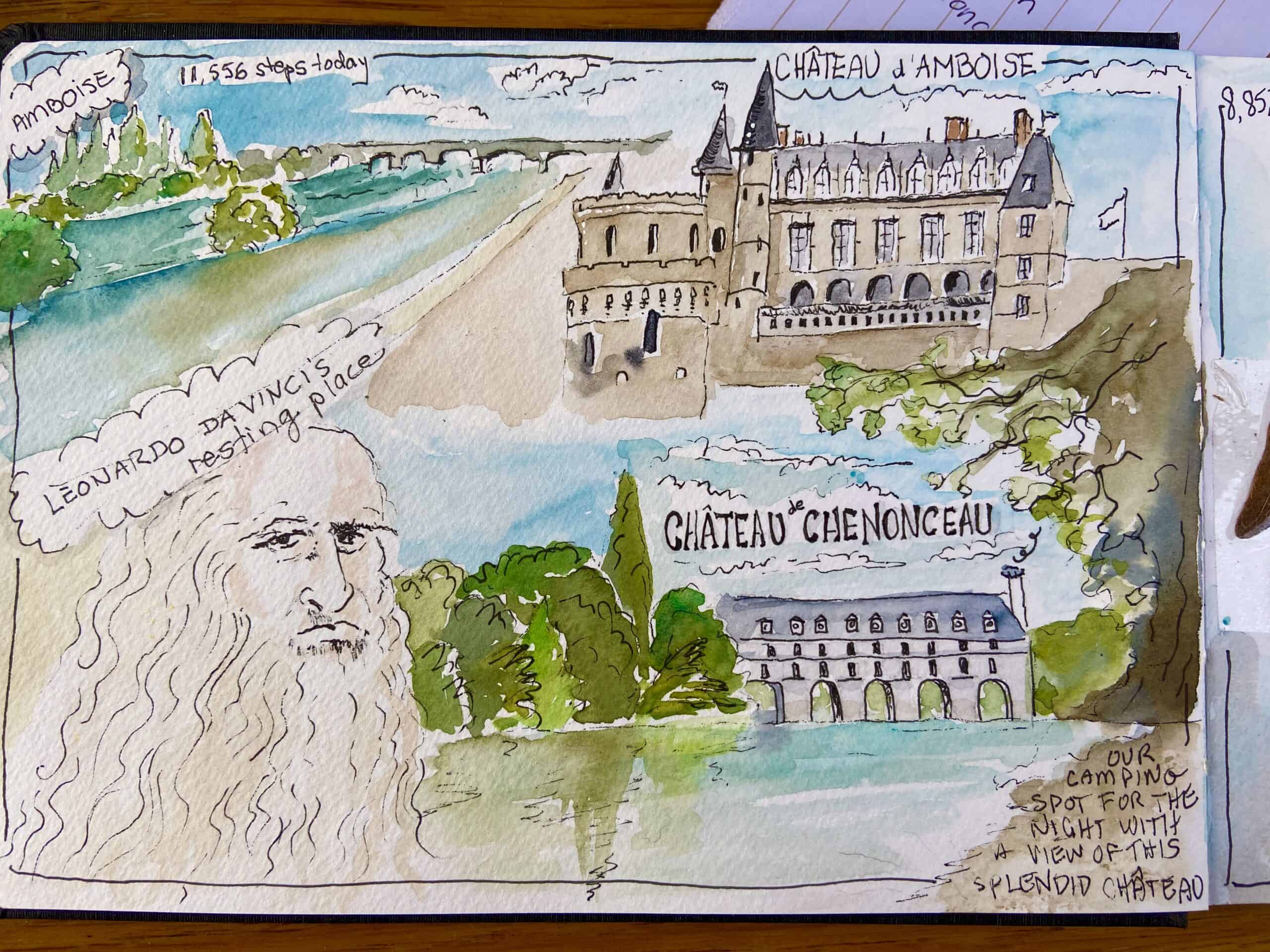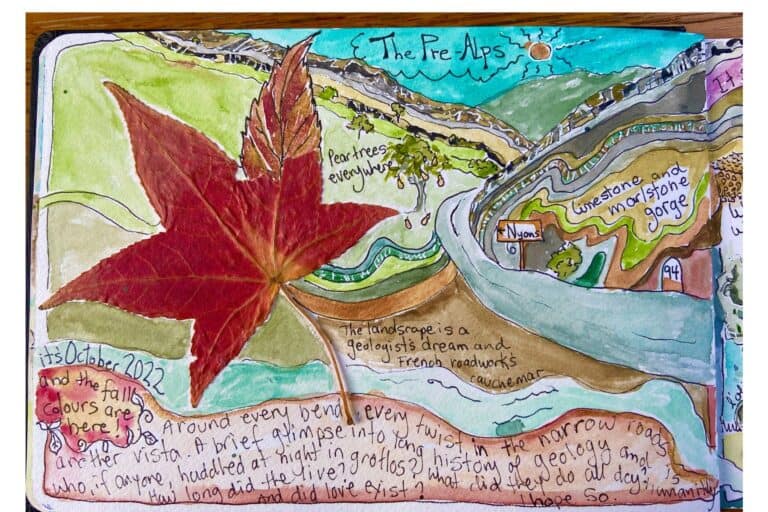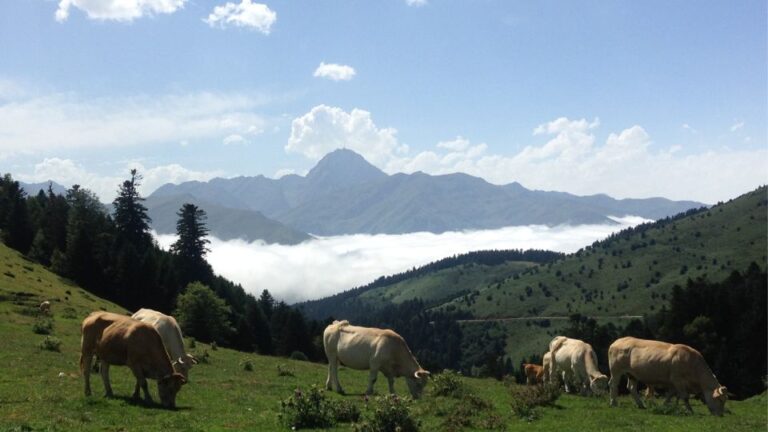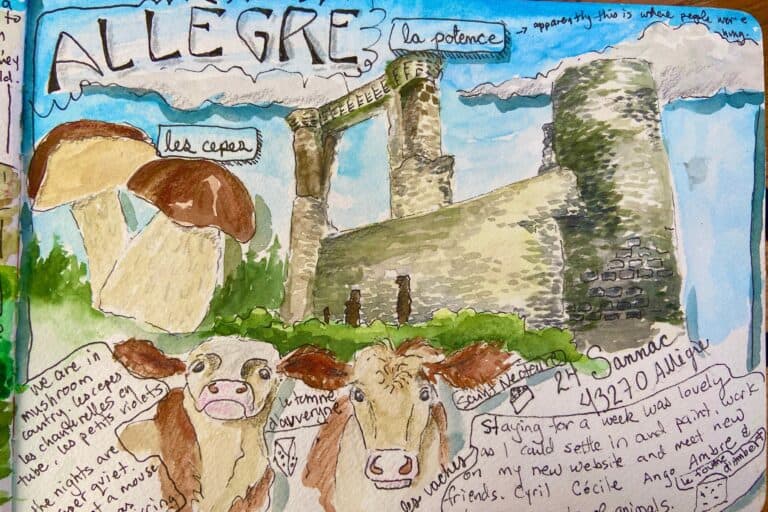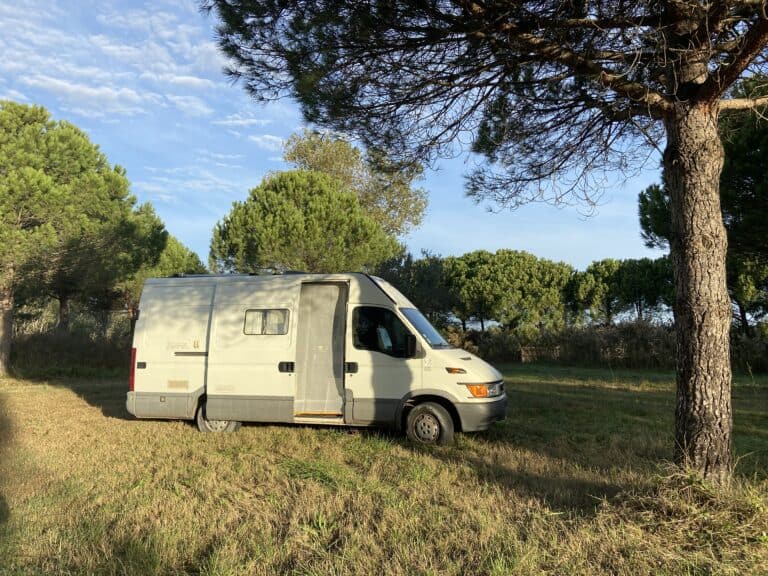What are the best castles to see when travelling in France?
That’s like asking what’s the best cheese to try when travelling in France. There’s no easy answer and much depends on how much time you have, plus your capacity for absorbing historical monuments. I love wandering and wondering; taking my time and absorbing the layers of energy and history. I imagine what life was like way back when the castle was built.
Who lived there, for how long and where did they go to the toilet? Ya, I know, ever since I started watching Star Trek, I’ve always been curious about how people go to the toilet. My highly refined sensibilities always go back to the basics. Where did people bathe, eat, sleep, poop and what occupied their days?
The best castles in France, or in any country, depend on what you bring with you in terms of curiosity, but it can be said that the greatest concentration of magnificent castles in France is in the Loire Valley. There are around 300 castles within a fairly small area and guess who even owns a castle there? No?
Mick Jagger’s castle is called Château de la Fourchette and we passed by a small, discreet sign pointing the way but didn’t venture to go and gawk at his gates. We were on a mission, and that mission was Chambord.
Where is the Loire Valley?
If you missed my last post, click here to read it as it will give you an idea of the general geography of France.
The Loire Valley is situated in the middle western part of the country, just below Brittany. The Loire is a one of France’s mighty rivers and way back in the 14th and 15th centuries, castle building was kind of trendy there. Everyone was doing it and building fortifications, moats, towers, and generally showing each other up and fighting over land, river use for shipping stuff and of course, agriculture.
In fact, Paris and Versailles weren’t always the capitols of France. Tours was the capital of France from 1444-1527 until Francis I decided Paris was cooler than school. The seat of power shifted again for a while, back to Tours but eventually back to Paris and then to Versailles, where Louis XIV made Versailles his home and court.
Many of the castles were no longer used as fortifications against invading armies but were enjoyed as holiday homes. The immensity of these castles also meant that it took, (and still takes!), enormous wealth to keep them in good repair and even today, some families who have bought or inherited them only live in a very small wing of the castle while the rest is in a perpetual state of renovation or disrepair.
Where is the castle Amboise?

Driving down from Chartres, we headed past Mick Jagger’s place and into Amboise, which towers over the Loire River. We parked our van just outside of the town centre in a small parking lot. Across the street was a tiny butcher shop where we bought some pork terrine cooked in a wood burning oven. It was heaven on earth if you happen to like pork products.


After a nice lunch in the camper, we walked around the park that houses Leonardo Da Vinci’s home and the tomb in which he is buried. Who knew that one the most celebrated creators of the Renaissance was actually buried in France? Amazing that he lived as long as he did being vegetarian, left-handed and gay; basically a serious badass.
Amboise castle is spectacular and we wandered through the tourist-filled streets, went down by the river and up around through narrow alleys to right up and above the castle for a spectacular view. Amboise was the seat of Francis I as well as his other castle at Blois. Kind of like how people in Vancouver have a cabin at Whistler and sometimes rent a time share in Hawaii; Ok, so this is kind of like that, but on steroids.
We did over 11,000 steps and it was at least 26C out. Had we had more time, I would have loved to have seen Da Vinci’s residence as well as the castle itself, but we left town in order to find our way closer to Château Chambord.
Château de Chenonceau

On Park4nite, I found a spot on the river overlooking an unusual and beautiful castle called Château de Chenonceau. It spans the river Cher and is definitely worth a visit. Oh Park4nite is an app that I rely on for finding free places to stay as well as places to dump our toilet and grey water. It rocks and I only use the free version.
We camped right on the riverbank, settling in for the evening and watching a large group of screaming and shouting youngsters paddling and tipping their canoes with much splashing and drama.
We set up for the night and wandered along the path up to the castle. It really is gorgeous with arches spanning the entire river. I can imagine people in heavy brocade dresses strolling through the long corridors and looking out at the water as the sun sets. As night fell, the lights on the castle turned on, bathing the water and surrounding trees with a golden glow. P.s. There were mosquitos.

I fell asleep thinking how lucky I am to be able to take off for several months and see places like this. It reminded me of when we went boating with my parents and how we’d see people on shore and with a kind of happy smugness, we’d push off and be on our way to some unknown harbour. Sometimes, too, I wished I were the one staying on shore.
In the morning, we were up early, had our tea, toast, morning constitutionals and then headed straight for Château de Chambord.
Where is Château de Chambord?

It’s located in the region called Centre-Val Loire in the department Loir-et-Cher. When you arrive, you’ll need to park your vehicle outside of the main grounds, but don’t worry, there’s lots of room. Because Francis I liked to hunt, he felt it necessary to build yet another castle as a hunting lodge. It wasn’t finished during his lifetime and I don’t actually think it ever was completed.
Where to park your van at Château Chambord?
There are two large parking lots; one for cars and one for motorhomes. It cost us 11 euros, and you’re allowed to stay for 24 hours. There are composting toilets but no other services, regrettably, so be prepared to be self-sufficient. There is also nowhere to drain waste water or toilets so please do not just let the water go as you kick up dust as you gun it for the exit.
Before you leave, you have to pay for the parking at a kiosk inside the parking and then just stick the ticket into the thingy at the exit and the barrier lifts, releasing you for the parking lot. If you forget to pay in advance, you have to park the van, walk back to the kiosk and pay, thus blocking anyone else from leaving. Pay before you leave.
Park your van and then walk up to the castle on foot and into the entrance to get your ticket. There were still loads of people but no lines, which is why we like travelling off-season. You can also sometimes find deals on line that give you a reduction for buying a set of tickets to see several different castles in the region if you’re on a castle mission.
How long do you need to visit Château Chambord?
Plan on spending at least three hours wandering around the castle and wear comfortable shoes. There are toilets on the ground floor next to the café so it’s worth noting. The castle is enormous. The surrounding land sprawls over 13,000 acres and the château itself is 200,000 square feet. That’s like 14 downtown Vancouvers. It makes me wonder just how many people were kicked off their land in order for the illustrious Francis I to have his little hunting abode.
What are some interesting things to see in Chambord Castle?
I love seeing how people live and was fascinated by the kitchen with its massive fireplace and the copper pots.

The bedrooms were luxurious but I was surprised at how small some of the beds were. I guess people were short back then or didn’t mind letting their legs hang over the end of the bed. Who knows?

Visiting Chateau de Chambord made me realize how much power the nobility had. It’s said that Francis I only spent 72 days there in total. Nice little hunting lodge indeed. No wonder there was a revolution in France. Still, what happened during the war put a whole other spin on this place.

What happened at Chambord castle during World War II?
When the Germans invaded France, the French wanted to save works of art from either being destroyed or stolen. Château de Chambord became a depot where over 200 trips were made from the Louvre in Paris, to the castle for safe keeping. From Chambord, many of the works were then dispersed to other places until the war was over.
The French eventually decided to tell the Germans where the works of art were in order to ensure that the places where the art was stored would not be bombed. Fortunately, most of the artwork survived and was repatriated back to the Louvre museum after the war.
We sat in awe watching an excellent film of old stock footage showing how the artwork was crated and shipped. It was a stupendously challenging undertaking and rife with danger. I can’t imagine what it was like to have been in charge of saving some of the world’s most important works of art. It makes me sad though, that this effort could also have been put into hiding the poor folks sent off to die in concentration camps. Yes, some people were saved, but not enough, in my humble opinion.
What I was left feeling as a result of the visit?
As we tiredly wandered down the massive steps of the double helix stairway after hours exploring room after room of this entirely different kind of labyrinth, I was reminded of the very basis of life; DNA. We all share it, and all of humanity is actually the same race of people. It’s astounding to me how short sighted we humans really are. The more people have, the more they have to manage and protect from someone else who really really wants to take it all away from them. Are we really any different today?
What’s really necessary in life?
As we travel around in our van, meeting a few lovely and not-so-lovely people along the way, I realize that I am adapting to not having as much stuff. I haven’t “done my hair or makeup” in weeks. I don’t wash as often. My clothes aren’t that clean or pressed and I seriously don’t care. I have what I need and van life has a way of highlighting what is truly necessary and what isn’t.
I love the opening scene of the film Contact when the camera zooms out from planet earth and we hear the first ever radio transmission travelling outwards and through our solar system until they pass beyond our galaxy. So many other galaxies whiz by until they all blur into the image of an eye, as young Ellie Arroway hopefully calls out “CQ, CQ” on her ham radio.
Seeing places like Château de Chambord highlights all that is both tremendous in what human beings can build, but also how selfish and egotisical we can be. This edifice is an amazing example of Renaissance architecture, impressive in scale and quality, and yet, like Chartres, it came at what cost to the general populous? We spend lots of money oggling these places that only the very privileged were able to experience. Is that right? Is this really a good thing?
We wandered back outside into the late afternoon sun, had a beer as asian hornets menaced customers and a table of men wearing gold rings downed a bottle of whiskey in the time we drank one beer.
Once back at the camper and settled in for the night, I stepped outside to look at the incredible night sky. As I watched dozens of satellites fly by, I was startled by a gutteral, wrenching cry. It scared the living shit out of me until I realized what it was.

A male elk out somewhere close by in the forest behind me was bugling. That’s what it is called. It was the elk equivalent of Rocky Balboa screaming out “Adrian!!!” It was a fitting end to a day filled with exploration, impressions and emotion and I was glad to know that at least for now, the elk was in his element and free from getting his head chopped off and stuck on a wall.
